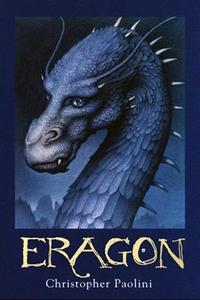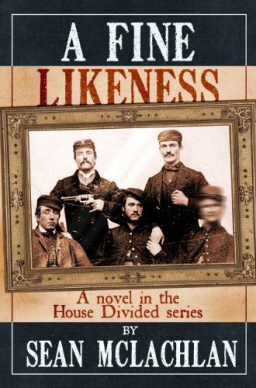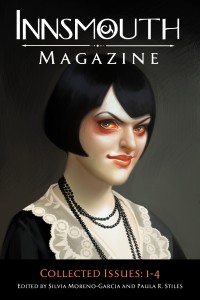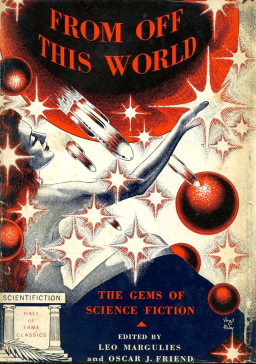Boxed Set of the Year: American Science Fiction: Nine Classic Novels of the 1950s, edited by Gary K. Wolfe
 We’re lucky enough to receive a lot of review books here at the Black Gate rooftop headquarters. Having the latest fantasy and SF novels arrive at our door before they’re available in stores never gets old, let me tell you.
We’re lucky enough to receive a lot of review books here at the Black Gate rooftop headquarters. Having the latest fantasy and SF novels arrive at our door before they’re available in stores never gets old, let me tell you.
Of course, cataloging them all and dropping them in the mail for our trusted circle of reviewers gets a little routine after a while. But it’s worth it for those special titles that come in once or twice a month, the ones you drop everything to gawk at. I’ve been a blogger for 16 years, and a publisher and editor for over a decade, but at heart I’m still a fanboy. And every month there’s at least one new book that proves it.
And then there are those special items that come in once or twice a year that you know that you’re not going to bother cataloging or telling the reviewers about. Because you’re never going to part with it. Such a treasure arrived a few weeks ago.
I’m talking about American Science Fiction: Nine Classic Novels of the 1950s, a two-volume set published by The Library of America and edited by Gary K. Wolfe. If I were stranded on a desert island tomorrow, this is the one item I would bring. For one thing, it’s big enough to practically be a life raft.
But just don’t take my word for it. Here’s what Western Civilization’s finest Arbiter of Taste, the distinguished Mr. James Enge, had to say on Wednesday:
Wow. Fritz Leiber, Leigh Brackett, Pohl & Kornbluth, Blish, Heinlein, Matheson, Bester, Sturgeon, and Burdys — all swept into the Library of America, and in appropriately lurid covers, too. Overdue, but somehow I never thought I’d see it.
Indeed. American Science Fiction: Nine Classic Novels of the 1950s is a gorgeous set of volumes collecting the most essential SF of perhaps the most important decade in the history of the genre.
 The Charge: Attempting to re-start a film franchise about a classic comic book character.
The Charge: Attempting to re-start a film franchise about a classic comic book character.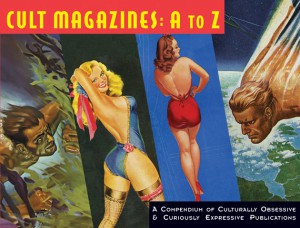
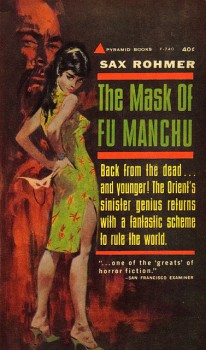
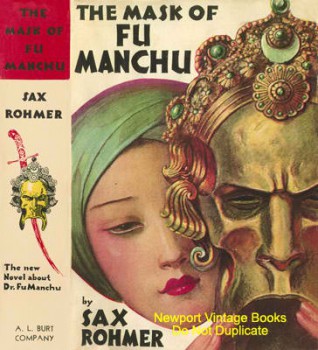

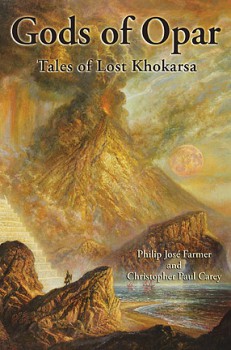 Gods of Opar: Tales of Lost Khokarsa
Gods of Opar: Tales of Lost Khokarsa